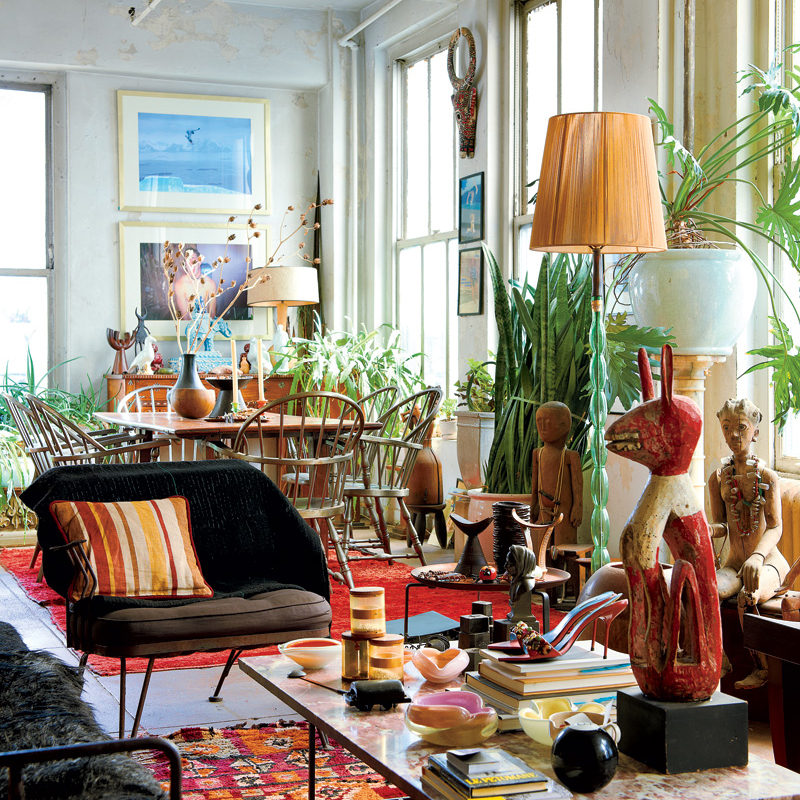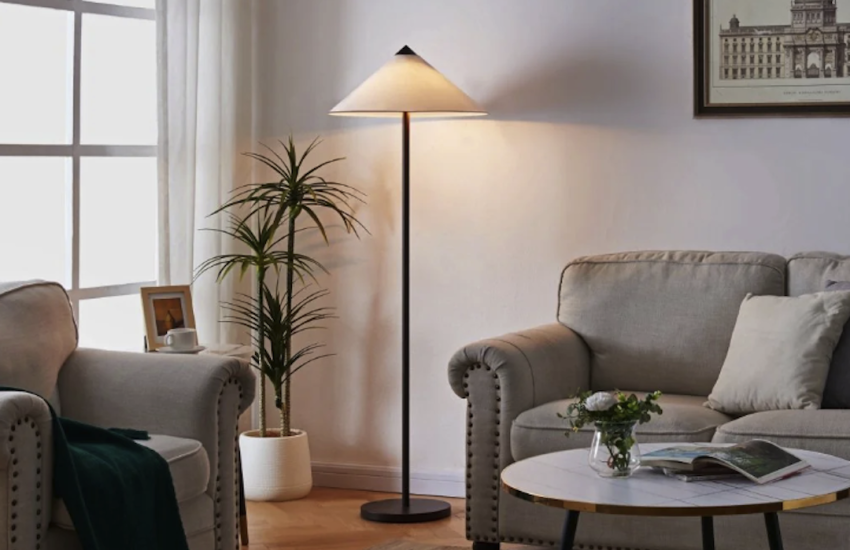
Introduction
The kitchen is often considered the heart of a home, and the dining table is where family and friends gather to share meals and create memories. The lighting over your kitchen table can make a huge difference in the atmosphere and functionality of the space. In this article, we’ll explore different types of lighting, how to choose the right fixtures, and how to position them for optimal lighting over your kitchen table.
Types of Lighting
There are three main types of lighting that can be used in the kitchen: ambient, task, and accent lighting.
Ambient Lighting
Ambient lighting is the overall lighting in a room. It provides a soft, even illumination that fills the entire space. Common types of ambient lighting include ceiling fixtures, chandeliers, and recessed lighting.
Task Lighting
Task lighting is used for specific tasks, such as cooking or reading. This type of lighting is meant to be brighter and more focused than ambient lighting. Examples of task lighting include pendant lights, under-cabinet lighting, and track lighting.
Accent Lighting
Accent lighting is used to highlight specific features or areas in a room, such as artwork or architectural details. It can also be used to create a mood or ambiance in a space. Examples of accent lighting include wall sconces, picture lights, and uplights.
How to Choose the Right Fixtures
When choosing lighting fixtures for your kitchen table, there are several factors to consider, including the size and shape of your table, the height of your ceiling, and the overall style of your kitchen.
Size and Shape
The size and shape of your table will determine the size and number of fixtures needed. For a round table, a single pendant light or chandelier in the center of the table can work well. For a rectangular table, two or more pendant lights or a linear chandelier can be used to provide even lighting.
Ceiling Height
The height of your ceiling will also impact the type of fixture you can use. For lower ceilings, flush mount or semi-flush mount fixtures can provide adequate lighting without taking up too much space. For higher ceilings, taller fixtures can be used to create a more dramatic effect.
Style
The style of your kitchen will also factor into your fixture choices. If you have a modern kitchen, sleek and minimalist fixtures will likely be a good fit. For a more traditional kitchen, classic chandeliers or lantern-style fixtures may be more appropriate.
Positioning Your Fixtures
Once you have chosen your fixtures, it’s important to position them correctly for optimal lighting over your kitchen table.
Height
The height of your fixture is an important consideration. Generally, the bottom of the fixture should be between 30 and 36 inches above the table surface. This allows for enough clearance for diners to sit and stand comfortably without bumping their heads.
Spacing
The spacing of your fixtures will depend on the size and shape of your table. As a general rule, fixtures should be spaced evenly and centered over the table. For a rectangular table, multiple fixtures should be spaced evenly along the length of the table.
Dimmers
Installing dimmer switches can give you more control over the mood and atmosphere of your dining space. Dimming the lights can create a more intimate and cozy feel, while brighter lighting can be used for working or entertaining.
